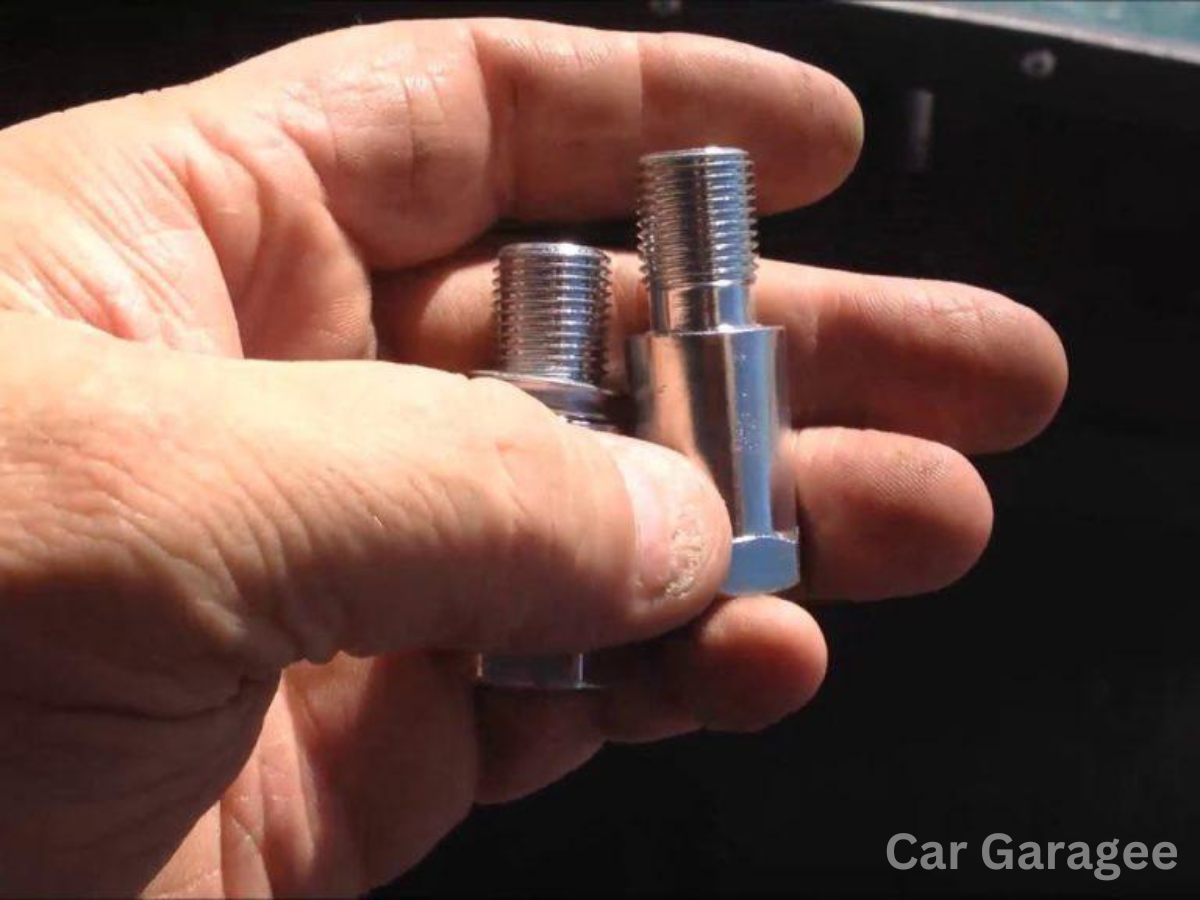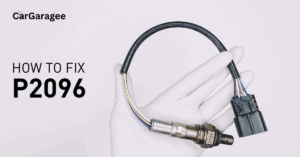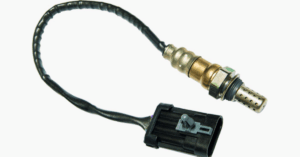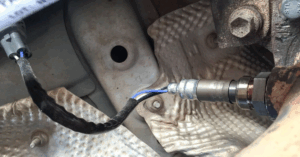Keeping your car’s engine running smoothly doesn’t have to be complicated or expensive. A spark plug anti fouler is a simple tool that can help keep your spark plugs clean so your car runs better and you avoid frequent repairs. In this guide, we’ll explain the purpose of spark plug anti fouler, how to install spark plug non fouler and why it’s a handy addition to your car maintenance routine. Let’s get started!
What is a spark plug non fouler?
A spark plug non fouler is a small device that helps prevent your spark plugs from getting dirty or fouled. It acts as a spacer between the spark plug and the engine, keeping the spark plug slightly further away from the combustion chamber. This helps reduce the buildup of carbon and other deposits on the spark plug, allowing it to work more efficiently and last longer. Using a spark plug non fouler can help your engine run smoother and reduce the need for frequent spark plug replacements.
Purpose of spark plug anti fouler
The purpose of a spark plug anti fouler is to keep your spark plugs clean and functioning properly for a longer time. When spark plugs get dirty or fouled with carbon deposits, they can cause your engine to misfire or run inefficiently. A spark plug anti fouler helps prevent this by creating a small gap between the spark plug and the engine’s combustion chamber. This gap reduces the amount of carbon reaching the spark plug, keeping it cleaner and extending its lifespan.
Using an anti fouler on a spark plug is a simple yet effective way to maintain your vehicle’s performance. It’s especially useful in older vehicles or engines that tend to run rich, meaning they burn more fuel than necessary. Carbon buildup is more common in these cases, and the anti-fouler acts as a protective barrier.
Sometimes, people also use a spark plug non fouler with an oxygen sensor. This is because it can help trick the sensor into thinking the engine is running cleaner than it is, which can prevent the check engine light from coming on due to minor issues. However, using this method responsibly is important, as it’s more of a temporary fix than a solution to an underlying problem.
Overall, the spark plug anti fouler is a handy tool that can help keep your spark plugs and engine running smoothly, saving you time and money on repairs.
READ MORE:
Where Is the Starter Located? 3 Easy Guides
How to Reset ESC Light: Easy and Quick Guide
What Does the Service ESC Light Mean? Should You Worry About It
How to Install a Spark Plug Anti Fouler
Installing a spark plug anti fouler might seem tricky, but it’s quite easy when done step by step. Before you start, ensure you have all the necessary tools and safety gear. Let’s walk through the process together.
1. Prepare the Area
First, park your car on a flat surface and make sure the engine is cool. Disconnect the negative terminal of the battery to ensure safety while you work. This also resets your car’s ECU (Engine Control Unit), which is helpful before installing the anti fouler. You’ll need an 18 mm spark plug anti fouler, an electric drill, and basic tools like wrenches and screwdrivers.
2. Modify the Spark Plug Anti Fouler
You might need to drill out the center of one of the spark plug non fouler to make room for the sensor. Start by securing the non fouler in a vice, then carefully drill down the center about halfway. This step is crucial for properly fitting the sensor inside the fouler spark plug. Take your time with this step to avoid damaging the non-fouler.
3. Install the Sensor
Once the non fouler is ready, place the sensor into the drilled-out anti fouler. Screw the sensor tightly into the non fouler. To make future removal easier, consider applying a bit of anti-seize lubricant to the threads before screwing it in. This will prevent the parts from sticking together over time.
4. Attach the Spark Plug
With the sensor securely in place, you can now screw the entire assembly(the sensor inside the anti fouler) onto the spark plug. Make sure it’s snug but not overly tight. You don’t want to damage the threads or the sensor itself. Once attached, take a moment to wipe down the area with a clean cloth, ensuring there’s no debris left behind that could cause issues later.
5. Reconnect the Battery and Test
Finally, reconnect the battery’s negative terminal to restore power to your vehicle. Start the car and let it run for a few minutes to ensure everything functions correctly. The spark plug anti fouler should now be installed, helping to keep your spark plugs cleaner for longer and reducing the need for frequent replacements.
Maintenance Tips
To keep everything running smoothly, check the spark plug anti fouler periodically. If you notice any issues, like the fouler becoming too tight or hard to remove, apply more anti-seize lubricant during your next checkup. Regular maintenance will ensure that your spark plugs and the anti-fouler function properly.
FAQS
What is the purpose of the spark plug gap?
The spark plug gap is the small space between the center electrode and the ground electrode of the spark plug. This gap is crucial because it’s where the spark jumps across to ignite the air-fuel mixture in the engine. If the gap is too small, the spark might be too weak to ignite the fuel properly. If it’s too large, the spark might not occur or be inconsistent, leading to misfires. Having the correct spark plug gap ensures your engine runs smoothly and efficiently.
What is the purpose of the spark plug insulator?
The spark plug insulator is the part of the plug that surrounds the central electrode. It’s usually made of ceramic material and serves two primary purposes: first, it provides insulation to ensure the spark stays within the spark plug and doesn’t short out to other parts of the engine. Second, it helps transfer heat from the combustion process away from the spark plug, preventing it from overheating and ensuring it works correctly for longer.
What is the purpose of a spark plug sleeve?
A spark plug sleeve is a protective cover that fits around the spark plug. Its main purpose is to shield the spark plug from heat, debris, and moisture, which can cause it to wear out or fail prematurely. The sleeve also helps to stabilize the spark plug, reducing the risk of vibration damage, especially in high-performance or off-road vehicles.
How do spark plugs improve performance?
Spark plugs play a vital role in your engine’s performance by igniting the air-fuel mixture at the right moment. High-quality or properly maintained spark plugs ensure this ignition happens consistently and efficiently, leading to better fuel combustion. This improved combustion results in smoother acceleration, better fuel efficiency, and enhanced engine power. In short, good spark plugs help your engine run at its best.
Does a bigger spark plug gap burn more fuel?
A bigger spark plug gap can cause the engine to burn more fuel, but it’s not necessarily good. While a larger gap can produce a bigger spark, which may improve combustion, it can also lead to misfires or incomplete combustion if the spark is too weak to jump the gap consistently. This can decrease fuel efficiency and harm engine performance. Keeping the spark plug gap within the manufacturer’s recommended range is essential to ensure optimal performance and fuel economy.
What is M14 spark plug for anti-fouler?
An M14 spark plug refers to the thread size, which is 14mm in diameter. If you’re using an anti-fouler, you must ensure that it matches the thread size of your spark plug. For an M14 spark plug, you would need an anti-fouler designed to fit 14mm threads. This helps ensure a proper fit and effective operation.
What is Spark plug non fouler O2 sensor?
A spark plug anti fouler can sometimes be used with an O2 sensor as a workaround to prevent the sensor from triggering a check engine light due to minor issues. The non-fouler acts as a spacer, pulling the sensor slightly out of the exhaust stream, which can help reduce the chance of detecting small emissions problems. However, this is typically a temporary fix and not a solution for the underlying issue that might be causing the check engine light.

Mian Hashir is a passionate automotive enthusiast and the lead author at Car Garagee, a website dedicated to providing in-depth car reviews, maintenance tips, and the latest news in the automotive world. With years of experience in the industry, Hashir combines his technical knowledge with a love for cars to deliver insightful and engaging content. Whether you’re a car owner or a curious reader, Mian Hashir’s articles help readers make informed decisions, from choosing the right vehicle to understanding how to keep it in top condition.










